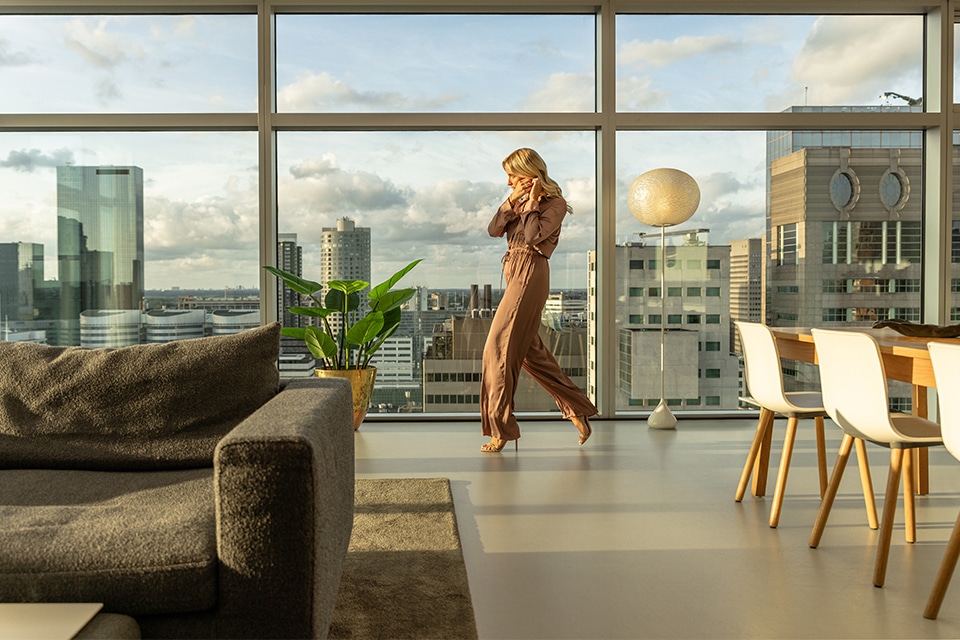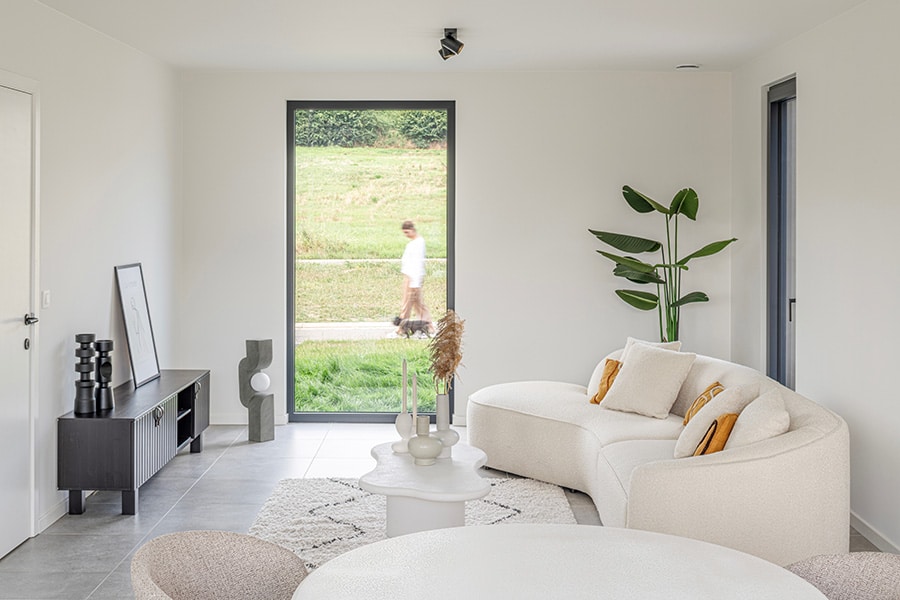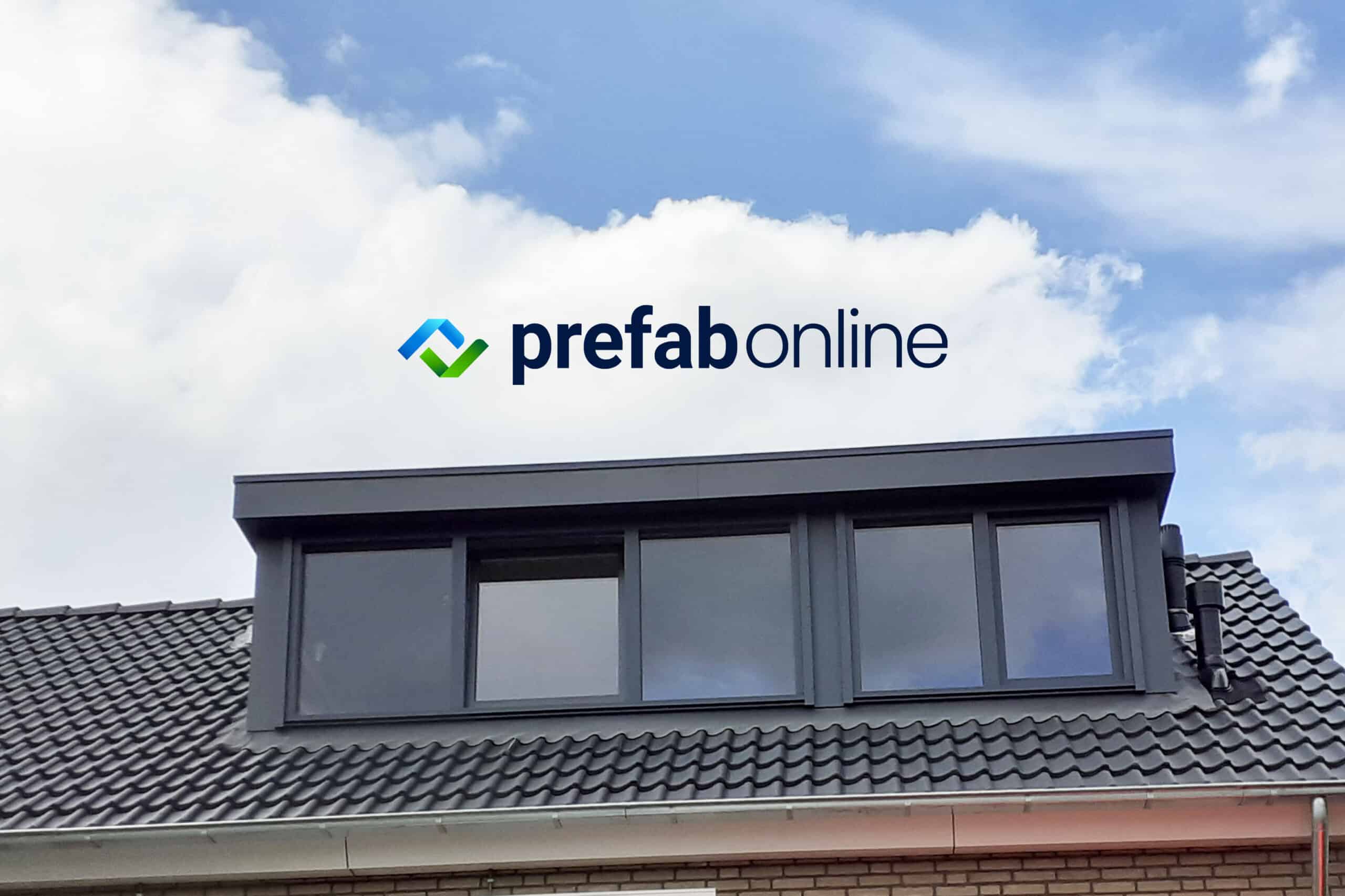
The future of building: cradle to cradle
Sustainability is everywhere these days. So it's not surprising that in recent years a growing movement of companies and manufacturers have emerged to embrace the Cradle to Cradle (C2C) principle. At Kawneer, they do too. Designing and producing sustainable aluminum products requires extra attention and effort. It is therefore important to think about the origin of raw materials and about reusing the end product in the future. In this article, Jeroen Boersma, Senior Product Specialist at Kawneer, takes us through the steps Kawneer is taking in this area.
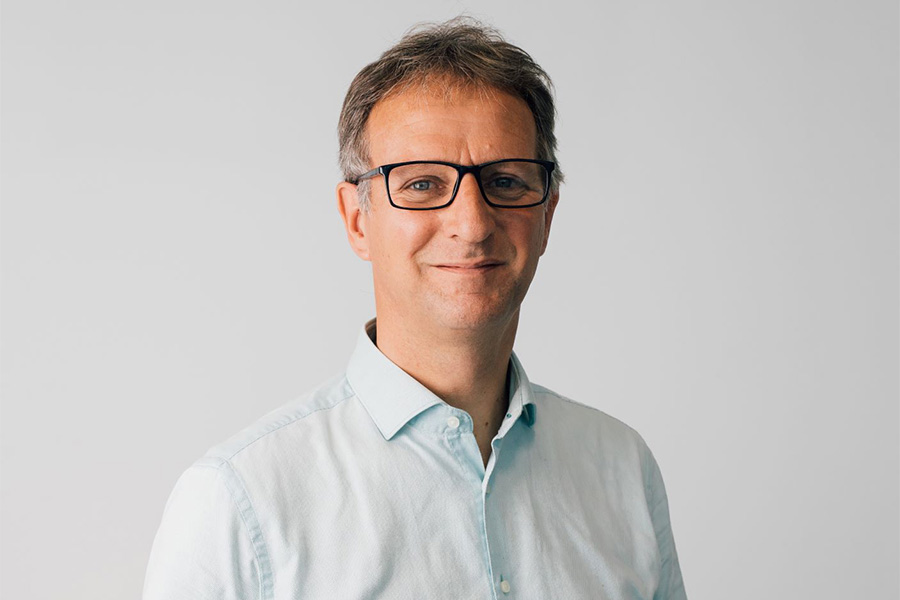
What is Cradle to Cradle?
Cradle to Cradle is a design philosophy that states that all products can be reused. Waste is therefore no longer waste. The goal is for a product to be completely reused at the end of its life cycle. We then talk about upcycling. This term indicates that from a waste product with a relatively low value, for example scrap aluminum, another product is made with a higher value such as an aluminum window profile. This way of thinking contrasts with traditional production where the end product, cost prices and revenues are more important than resource depletion, environmental pollution and suitability for reuse.
Recycling reused materials
With Cradle to Cradle, manufacturers consider the entire "food chain. The manufacturer assesses the origin of raw materials and looks for more sustainable alternatives such as recycled aluminum. It is also important that the end product is easily recyclable at the end of its life cycle. To help manufacturers, rules have therefore been established by the Cradle to Cradle Products Innovation Institute (C2CPII).
One example is the Cradle to Cradle Certified "Banned List of Chemicals. This list contains chemicals that should not be used if you want to qualify for C2C certification. For example, one of the 'banned chemicals' is PVC. PVC products therefore do not receive certification. Aluminum, on the other hand, is eligible for certification. For example, recycling aluminum 95% costs less energy! Therefore, aluminum is in high demand. For this reason, Kawneer invests in the supply route of used aluminum and residual product from construction and demolition.
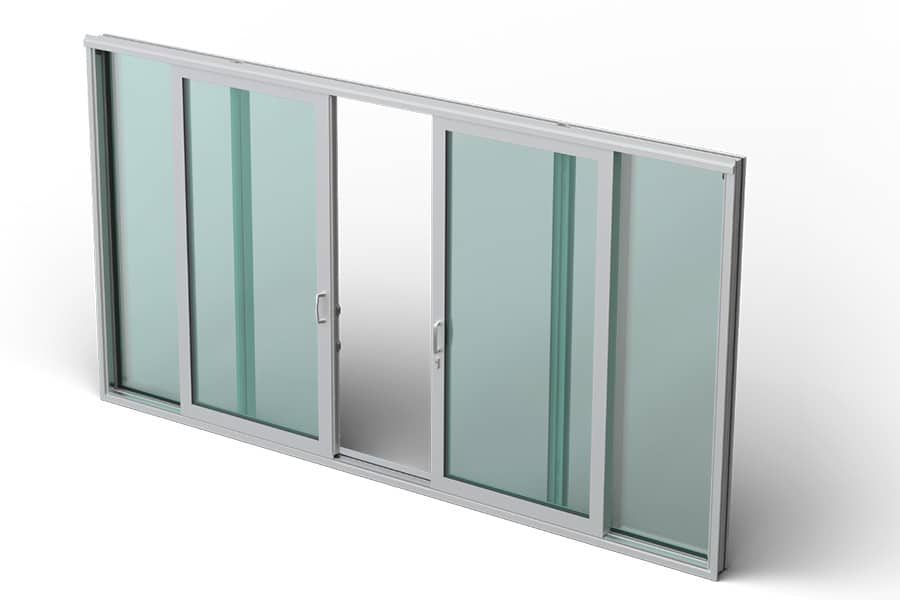
Demolition is the new mining
More effective demolition and better separation is of great importance in waste recycling. Products are therefore also designed to be easily disassembled at the end of their useful life. This makes recycling much easier. Rubbers, hardware, plastic and other loose parts can be separated so that only clean aluminum remains. The Cradle to Cradle philosophy is thus an important step towards a more sustainable future for both our planet and our economy.

Kawneer's Cradle to Cradle
Aluminum is a sustainable material: it is indefinitely recyclable, non-toxic and very low maintenance. More and more of Kawneer's products carry C2C certification. In the sustainable City Office Venlo (photo), the Cradle to Cradle Silver certified curtain wall AA 100 HI+ of Kawneer, for example, applied. And also the sliding door AA 5110 (pictured) carries the Cradle to Cradle Certified® Silver designation. We have our products inspected by the C2CPII. This independent organization awards certificates if a product meets an above-standard inspection. This not only looks at the aluminum, but also at hardware, rubbers and sealant. See more of Kawneers' products here with a C2C certification.
The ultimate goal is to have a positive impact on the environment. To show that companies can operate sustainably and still be successful. By providing their products with C2C certification, Kawneer is also contributing to a more sustainable future.
